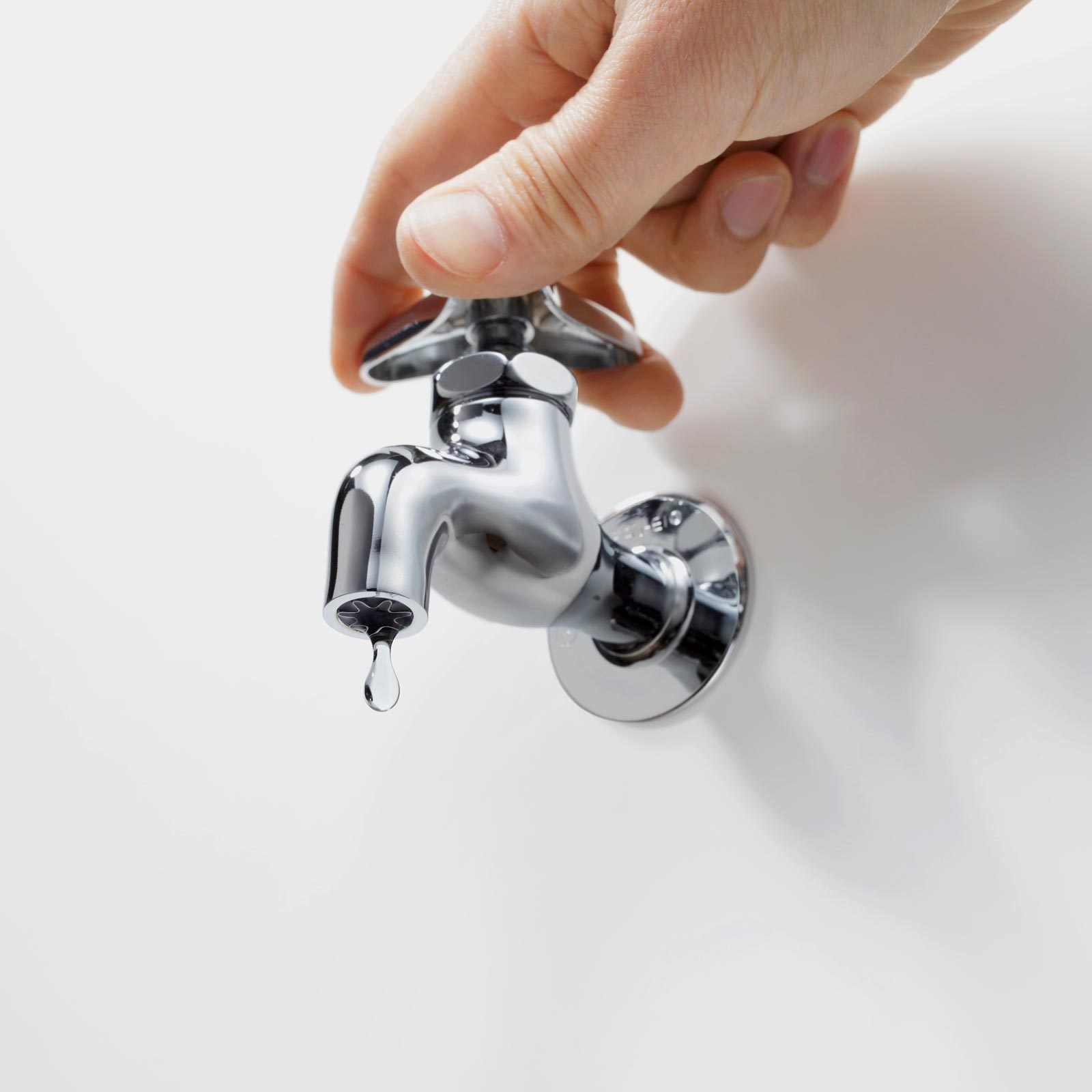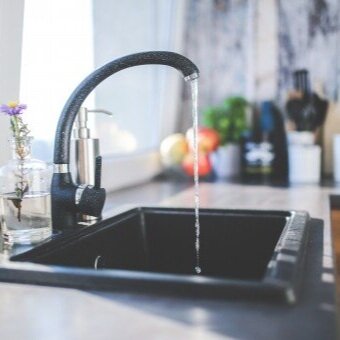Understanding How a Busted Faucet Might Affect Your Home
Understanding How a Busted Faucet Might Affect Your Home
Blog Article
We've stumbled on the article on Causes and Consequences of a Leaky Faucet listed below on the web and figured it made good sense to discuss it with you over here.

Introduction
A leaky faucet may look like a small aggravation, but its consequences expand far past the periodic drip. Understanding the impacts of a leaky tap is crucial for both property owners and the setting. In this post, we'll explore the different impacts of this common house problem and why resolving it quickly is necessary.
Reasons For Leaky Faucets
Dripping taps can arise from a range of variables, consisting of wear and tear, high water stress, and deterioration. With time, the constant use taps can result in damaged seals and gaskets, causing leaks to establish. In addition, extreme water stress can place strain on plumbing fixtures, resulting in leaks. Rust and corrosion can also damage faucet components, making them susceptible to leakage.
Water Wastefulness
Among the most substantial repercussions of a leaky faucet is water wastefulness. Even a tiny drip can add up to gallons of wasted water gradually. This not only drives up water bills yet likewise adds to water scarcity and environmental degradation. Dealing with leaky faucets without delay is essential for saving this precious resource and minimizing its effect on the earth.
Financial Effect
In addition to drainage, leaking taps can additionally have a substantial economic effect. Raised water expenses are a direct consequence of water wastefulness, setting you back home owners thousands of dollars each year. In addition, the cost of fixing water damage brought on by leaks can be significant, especially if left neglected for an extensive period.
Environmental Effect
The environmental influence of dripping taps extends past water waste. By conserving water, house owners can contribute to wider efforts to reduce water scarcity and shield all-natural ecosystems. Lasting options such as rain harvesting and water-efficient fixtures can additionally decrease the environmental footprint of house water usage.
Technological Solutions
Developments in modern technology have actually caused the growth of smart faucets and water-saving tools that help minimize water wastage. Smart faucets utilize sensing units to identify motion and adjust water flow accordingly, lowering waste without compromising benefit. Water-saving tools such as aerators and low-flow showerheads are likewise effective in conserving water without endangering performance.
Global Viewpoints
While leaky taps might appear like a local problem, they contribute to more comprehensive global challenges such as water shortage and climate modification. In areas currently dealing with water tension, every drop counts, making leakage prevention and repair work crucial. By embracing water-saving practices and investing in lasting modern technologies, property owners can play their part in attending to these pushing worldwide concerns.
Governing Measures
Government laws play a crucial role in minimizing the impact of leaky taps and advertising water conservation. From developing codes that call for water-efficient components to water-saving motivations and discounts, policymakers have a series of devices at their disposal. By applying and implementing these regulations, federal governments can ensure that house owners focus on water conservation in their day-to-days live.
Neighborhood Influence
Attending to dripping faucets requires collective efforts at the area level. By raising awareness concerning the importance of water preservation and giving sources for leak discovery and fixing, regional authorities can empower house owners to do something about it. Initiatives such as water-saving discount programs and leak discovery projects can incentivize actions change and advertise liable water use.
Instance Studies
Real-life examples of the impact of dripping faucets underscore the relevance of aggressive upkeep and prompt repair services. From water damage to skyrocketing water bills, the consequences of overlooking leakages can be serious. By sharing these case studies, house owners can better understand the significance of dealing with leaky taps quickly.
Educational Campaigns
Educational projects play a crucial duty in elevating recognition regarding the results of leaky taps and promoting water preservation methods. Through workshops, seminars, and online sources, homeowners can find out exactly how to identify and fix leakages themselves. By encouraging people with understanding and devices, educational projects can foster a culture of liable water usage within neighborhoods.
Wellness Concerns
Dripping taps can develop conducive atmospheres for mold and mildew and mildew development, presenting health and wellness dangers to residents. The existence of mold and mildew can exacerbate breathing problems and allergies, particularly in susceptible individuals. Additionally, water damage arising from leaks can jeopardize the structural honesty of buildings and result in pricey repair services.
Do it yourself vs. Expert Repair service
When faced with a leaking tap, home owners commonly question whether to attempt repair work themselves or work with a professional plumber. While DIY repairs can save money, they may not always resolve the hidden concern successfully. Specialist plumbing technicians have the competence and devices to detect and take care of leaks correctly, guaranteeing long-lasting services and peace of mind for home owners.
Safety nets
Stopping leaking faucets needs routine upkeep and aggressive actions. Straightforward jobs such as changing worn-out washers and seals can stop leakages from establishing. Additionally, updating to high-quality components and reducing water pressure can assist extend the life expectancy of taps and minimize the danger of leaks.
Conclusion
To conclude, the impacts of a dripping faucet expand far past the occasional drip. From water waste and raised water expenses to health and wellness problems and ecological impact, the effects of ignoring leakages can be substantial. By attending to leaking faucets without delay and embracing water-saving practices, home owners can mitigate these effects and contribute to a more lasting future.
Why You Shouldn’t Ignore a Leaky Faucet in Your Home
What Causes a Leaky Faucet?
Various factors can cause a leak, from loose and worn-out parts to corrosion. Your faucet has four essential components from which most plumbing issues will stem: the O-ring, the valve seat, the washer and the gasket.
What Is an O-Ring?
The O-ring is a stem screw that fastens parts of the faucet in place, preventing water from leaking out of the spout. Depending on your faucet type, the stem might have multiple O-rings. Water will drip from the faucet’s handles and base if this part breaks or deteriorates.
What Is a Valve Seat?
The valve seat controls the flow and temperature of the water. Found at the base of the handle, it works as a seal for the faucet’s stem. The valve seat ensures the water is allowed to flow or is blocked as the handles dictate. You’ll know it’s malfunctioning when water leaks from your faucet’s sides.
What Is a Gasket?
The gasket is found between the water inlet and the valve stem. It creates a seal between the faucet and the sink, holding its joints by aerators attached to the stem’s head. Water will trickle out from the base if the gasket isn’t working.
What Is a Washer?
The washer secures the handles and prevents leakage, serving a similar purpose to the O-ring. While the O-ring is ordinarily round and made from an elastic material, such as rubber, the washer is square-shaped and composed of brass, copper and other hard metals. If it malfunctions, corrodes or has been improperly installed, water will leak out of the handles, causing that incessant faucet drip.
Why Is a Leaky Faucet Dangerous?
A leaky faucet left alone for too long can have significant consequences.
Pest Infestations
Since bugs and rodents gravitate towards the scent of water, a leaky faucet will draw pests to your sink. Both are looking for leaks accessible through crawl spaces, which a faucet provides. If you leave water dripping for too long, you run the risk of an infestation.
Rust
If one of the faucet parts has started to corrode, the resulting rust can spread to your pipes and valves with startling speed. The rust might even lead to cracks or other impairments, resulting in more severe plumbing issues.
Your sink could also sustain damage from a leaky faucet. The water in your tap possesses sparse elements of calcium and iron that can stain your sink with repeated and prolonged exposure. Once those elements in the water have been open to the air for some time, your sink will start to rust, creating marks that can be difficult to remove.
https://www.tomsmechanical.com/blog/why-you-shouldnt-ignore-a-leaky-faucet-in-your-home

As a serious person who reads on , I imagined sharing that post was a good idea. Are you aware of someone else who is inquisitive about the niche? Please feel free to share it. I cherish reading our article about Potential Health Risks Associated With Leaky Faucets.
Report this page